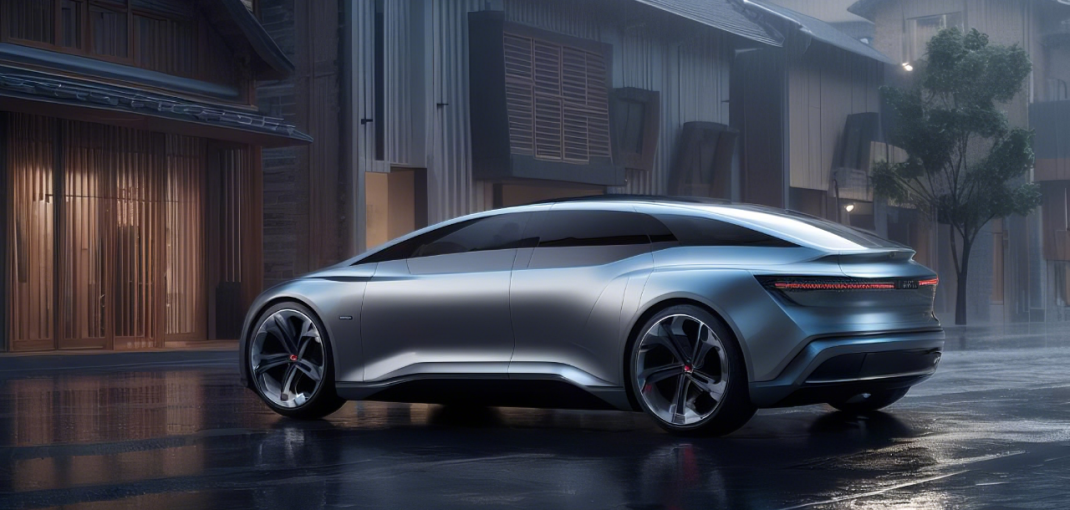With the rapid development of the electric vehicle (EV) market, consumers’ demand for vehicle range and charging speed continues to increase. As a leader in the electric vehicle field, Tesla has been committed to improving its battery technology to meet market demand. Recently, discussions about the new battery technology that may be used in the new 2025 Tesla Model Y have attracted widespread attention. So, what kind of new battery technology will Tesla use? Let’s find out.
Battery life anxiety and innovation in battery technology
Range anxiety has always been the main reason that prevents many people from buying electric vehicles. Although high-end electric vehicles such as the Lucid Air can provide more than 500 miles of range, not everyone can afford such a high price. Tesla is trying to change this situation with its more affordable 2025 all-new Tesla Model Y Juniper and innovative battery technology.

CATL SHENXING PLUS Battery
Tesla has long cooperated with Chinese battery manufacturer CATL, one of the world’s largest battery companies. Recently, CATL released the Shenxing PLUS battery, which is said to have a range of up to 1,000 kilometers (621 miles) and supports 4C super fast charging. According to the latest news from foreign media, this battery is widely believed to be likely to be used in Tesla’s 2025 Model Y Juniper.
The SHENXING PLUS battery uses a number of advanced technologies. First, it is the world’s first LFP battery, capable of achieving a range of more than 1,000 kilometers. Second, the battery charges very quickly, adding 600 kilometers (about 373 miles) of range in 10 minutes. In addition, the SHENXING PLUS battery can also be quickly charged at temperatures as low as -20°C.

Breakthroughs in battery structure and materials
Shenxing PLUS batteries have significant innovations in materials and structures. Its positive electrode uses particle gradient technology to place each nanoparticle in an optimal position, achieving ultra-high compact density. In addition, the battery uses a proprietary honeycomb material added to the negative electrode to increase energy density and effectively control volume expansion during charge and discharge cycles.
At the battery system level, the Shenxing PLUS battery adopts a module-free design with optimized topology structure, which improves the packaging efficiency. Through these breakthroughs in materials and structure, the energy density of the Shenxing PLUS battery exceeds 200 Wh/kg for the first time, reaching 205 Wh/kg, making it possible to achieve a range of more than 1,000 kilometers.

Battery Management System and AI Technology
The Shenxing PLUS battery is also equipped with an advanced battery management system (BMS). CATL has developed a new AI polarization model that can predict and control charging current in real time, making energy replenishment faster and smarter. In addition, the terminal current range and capacity of this battery system have been expanded to quickly dissipate heat during high current charging.
Tesla’s self-developed 4680 battery
In addition to the cooperation with CATL, Tesla is also actively promoting its self-developed 4680 battery. According to Tesla, the production of 4680 batteries has exceeded the demand of Cybertruck, and there may be excess batteries for other models in the future. This battery not only reduces production costs, but also has an innovative cooling system design to ensure that the battery operates within the optimal temperature range, improving performance and life.

Other battery technology prospects
In addition to the Shenxing PLUS and 4680 battery, there are many exciting innovations in the field of battery technology. For example, Beijing-based Bawo New Energy Technology has developed a nuclear diamond battery that it claims can last for 50 years without needing to be recharged. Although this technology is still in the research and development stage, its potential cannot be ignored.
In addition, solid-state batteries are also one of the future battery technologies that have attracted much attention. Solid-state batteries use solid materials as electrolytes, have higher energy density and smaller volume. Although this technology will take several years to mass-produce, its potential is equally huge.

Summarize
The new battery technology of the 2025 Tesla Model Y Juniper will undoubtedly bring revolutionary changes to the electric vehicle market. From CATL’s Shenxing PLUS battery to Tesla’s self-developed 4680 battery, each technology has demonstrated significant performance improvement and innovation potential. Regardless of which battery technology Tesla ultimately chooses, the Model Y Juniper is expected to achieve major breakthroughs in range and charging speed, further promoting the popularity of electric vehicles.
Let us wait and see how Tesla will use these advanced battery technologies to bring consumers a better electric vehicle experience.

